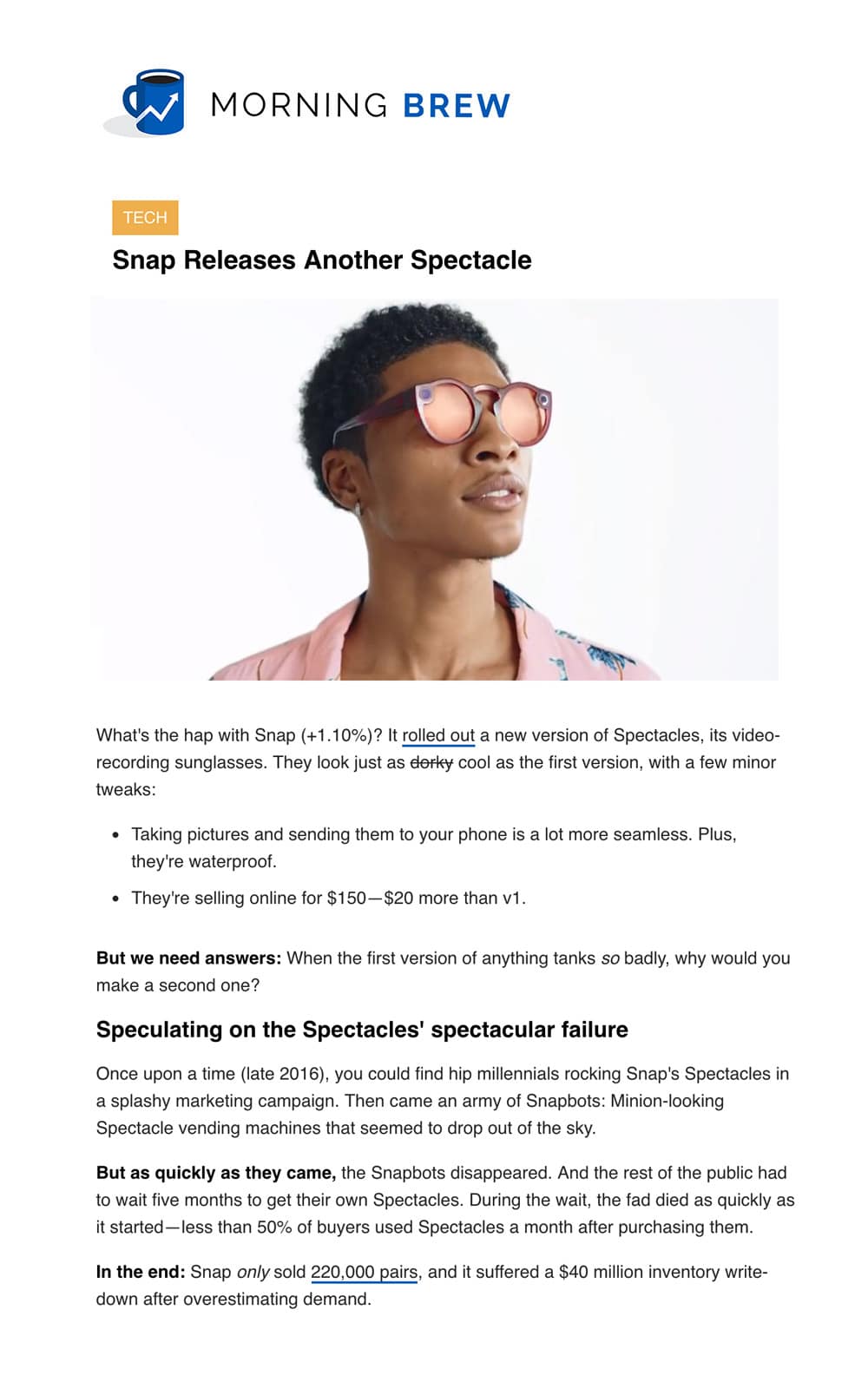Content comes in many forms and many different levels of volume.
Some content creators may put out a few new pieces per week. Yet there are also organizations that send out pieces of content every hour.
Publishers of this size may end up sending out thousands of new content pieces each month. Their subscriber list could have millions of names on it, so they need creative ways to manage things.
Content of this scope can be overwhelming if you approach each individual piece as a unique creation. While every email is special, it’s important to know how to use templates.
What is an email newsletter template?
Email templates are useful because they help us speed up the process of creating an email. Speed is good, but it is often viewed as problematic in some ways and some marketers think it comes at the expense of quality.
Templates break this fear. With a well-made template, it is possible to produce quality emails, even if you need to send out thousands in one sitting. The best part? Templates still leave room for personalization, and they work great with segmented audience lists.
Great-looking email templates give you a chance to grab your reader’s attention and really drive home the call to action.

How to create an email newsletter template
The first key to making a template is to pick the right email platform. Using one with drag-and-drop features makes it easy to organize your designs. Modules, graphics, texts, and links can easily be set up to your liking.
Templates give you a great way to unify many of your email elements. This includes your header, logos, and closing. They also allow you to personalize messages, so, when you’re dividing your mailing list into segments, you can alter your template for each one.
Creating templates should go hand-in-hand with creating and managing your email segments. When you’re analyzing your segments, you’ll find out more about your audience members and the metrics you want to improve with them.
Using this data, you can construct your templates accordingly. Your guide to building templates lies within the segments you’ve created.
Building templates as a publisher means dividing your audience into segments and making separate templates for each type of email you may need. These could include newsletters for long-term subscribers, ones that offer exclusive deals, and even a separate set of options for those who have fallen off.
Does it really matter?
For some people, email templates aren’t as important. They don’t have nearly as many subscribers or send out as many emails, compared to major publishers.
However, for those publishers with a lot of content to manage across a massive audience, creating consistent templates is hugely important.
Templates have many uses, even beyond standard newsletters. They can be used to welcome new subscribers, announce new projects, and even ask for feedback. If you’ve got good templates made for your newsletters, you can easily adapt them for other purposes.
Publishers manage more content and more subscribers than your average marketer. Templates help them speed things up, while maintaining a high-quality, personalized content output.
What now?
Your task as a marketer can become tougher the larger your audience grows. The more content you publish, the more creative you need to be. Templates help you make great newsletters even when you have to pump them out at a rapid rate.
- Use email creation software to build templates with drag-and-drop functionality.
- Guide the creation process by analyzing your segments and what they look for.
- Newsletter templates can be adapted for a wide variety of other emails.
Now that you know the importance of creating templates for email newsletters, you can begin creating your own. Are you ready to start creating great email newsletters? Try an email platform with the features you need to make beautiful, personalized content.